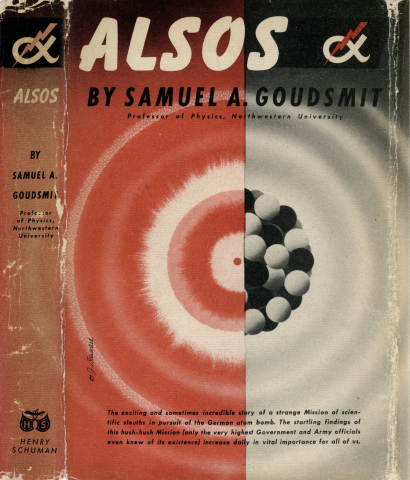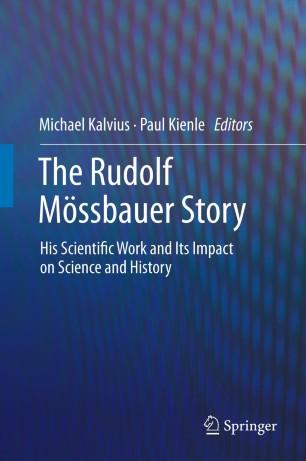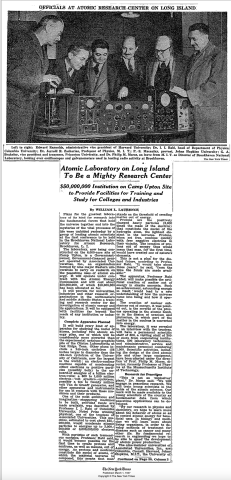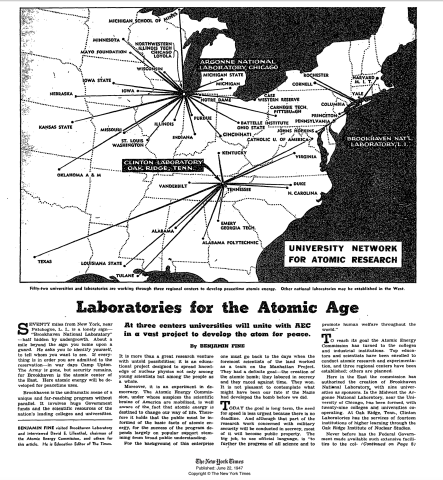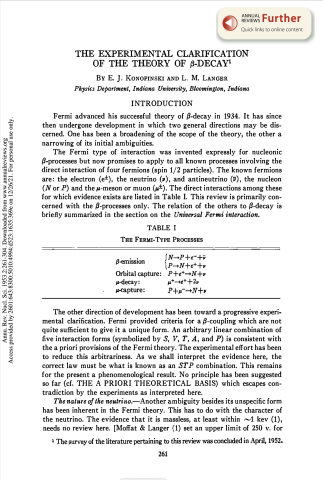Mossbauer Effect
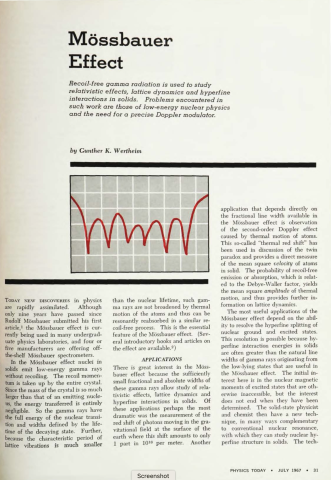
The state of the field in 1967 by Bell Labs researcher
TODAY NEW DISCOVERIES in physics are rapidly assimilated. Although only nine years have passed since Rudolf Mossbauer submitted his first article, the Mossbauer effect is currently being used in many undergraduate physics laboratories, and four or five manufacturers are offering off-the-shelf Mossbauer spectrometers.
In the Mossbauer effect nuclei in solids emit low-energy gamma rays without recoiling. The recoil momentum is taken up by the entire crystal. Since the mass of the crystal is so much larger than that of an emitting nucleus, the energy transferred is entirely negligible. So the gamma rays have the full energy of the nuclear transition and widths defined by the lifetime of the decaying state. Further, because the characteristic period of lattice vibrations is much smaller than the nuclear lifetime, such gamma rays are not broadened by thermal motion of the atoms and thus can be resonantly reabsorbed in a similar recoil-free process. This is the essential feature of the Mossbauer effect.
